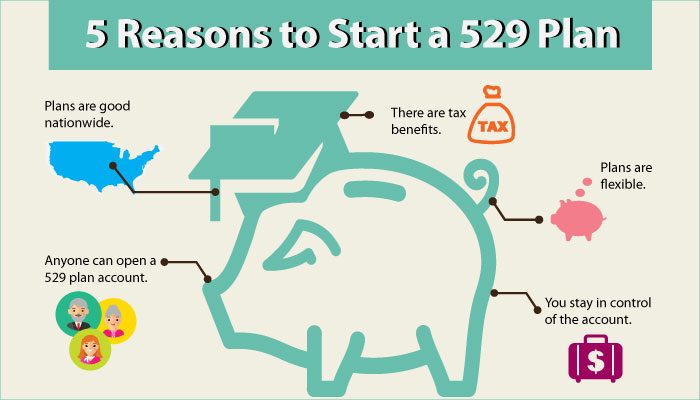Los Altos Online’s recent article, “How to use up leftover money in a 529 college savings plan,” says there several ways to use unspent money in a 529 plan, while avoiding the taxes and/or penalties. Here are some options to consider for that leftover 529 money.
Graduate school. If your child is interested in an advanced degree, the money can be used tax free, just as it was for college. Any school that gets financial aid qualifies.
Another child. You can change the beneficiary of the 529 plan to another qualifying family member, without any tax implications. If you have other children, the funds can be used to pay for their qualified expenses—even if you have other 529 plans for them. Money in 529 plans can now also be used for elementary and secondary education.
Another relative. You can change the beneficiary to parents, aunts, uncles, nieces, nephews, stepparents and even first cousins. There’s no deadline for using leftover 529 money, so you can keep it as a gift for a future grandchild. However, avoid skipping a generation, because that could trigger a tax penalty.
Your own or your spouse’s career. If you’re interested in changing your career or just want to get a new degree in retirement, using leftover 529 funds will let you avoid using other savings.
Estate planning. You can choose to give a 529 account to an heir. You keep control of the account until you pass away and can continue to make annual tax-free contributions up to the gift-tax exclusion amount, provided the account value doesn’t exceed the state’s maximum limit. After you die, the value isn’t counted as part of your estate for estate taxes. Speak to an experienced estate planning attorney to learn the best option for you and your family.
Offset any scholarships. You can withdraw any amount from the 529 plan, up to the value of all scholarships and the 10% penalty is waived, even if you apply years after the scholarship was earned. The earnings are taxable, but because distributions include both earnings and contributions, only part of this will be taxed.
Give the money to your child or spend it yourself. You could just pay the taxes and the 10% penalty and use the money as you please. The earnings are taxed at your child’s rate. Whatever you choose, there are plenty of options for that leftover 529 money.
Reference: Los Altos Online (September 18, 2019) “How to use up leftover money in a 529 college savings plan”



